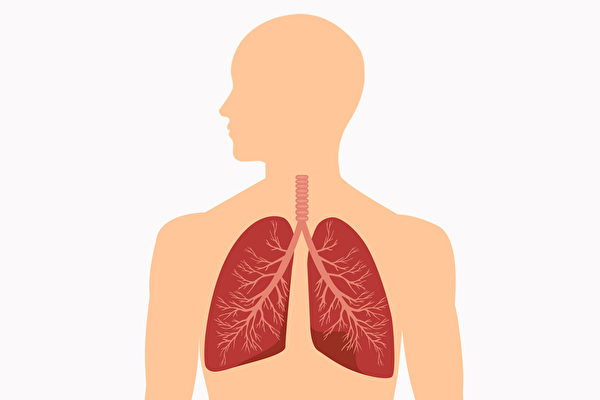
Men aged 50 and above experiencing respiratory distress and dry cough should not overlook a condition often referred to as "honeycomb lung," known as Idiopathic Pulmonary Fibrosis (IPF). IPF is a chronic and progressive fibrotic interstitial pneumonia that leads to gradual respiratory distress and worsening lung function. It is more prevalent in males aged 50 and above. In patients with IPF, repeated inflammation and scarring between the lung alveoli and blood vessels result in the formation of scars and thickening of tissues in the lungs. This impairs gas exchange, leading to breathing difficulties, insufficient oxygen supply to the body, and potential impacts on heart function. The disease worsens over time, making it a challenging respiratory disorder. Due to early symptoms resembling asthma or chronic obstructive pulmonary disease, the timing of treatment is often delayed.

Even when treated early, IPF is associated with a poor prognosis, with an average survival period of approximately five years following the diagnosis. According to 2015 health insurance statistics, the incidence rate of IPF in Taiwan is approximately 1.6 individuals per 100,000, translating to over 400 patients. While the exact cause is unknown, environmental changes, air pollution, global warming, and viral infections have increased the likelihood of pulmonary diseases, making IPF an increasingly significant concern.
Current Treatment Methods:
At present, the treatment goals for Idiopathic Pulmonary Fibrosis focus on alleviating symptoms, preventing disease progression, and extending patient life. The following are the four main treatment approaches:
-
Oxygen supplementation: Supplementing oxygen increases blood oxygen levels, mitigating the effects of oxygen deficiency. This is a supportive therapy that enhances lung oxygen absorption but does not fully restore damaged lung function.

Anti-fibrotic medications: There are currently two anti-fibrotic drugs available:
(1) Pirfenidone: A compound of the phenyl pyridone class, Pirfenidone reduces oxidative stress between tissues, attenuating inflammatory responses. It also inhibits the TGF-β signaling pathway, reducing the production of fibrosis-inducing factors.
-
(2) Nintedanib: A tyrosine kinase inhibitor, Nintedanib inhibits the growth factors involved in vascular endothelial cell, fibroblast, and platelet-derived cell growth, effectively suppressing lung fibrosis.
-
Pulmonary rehabilitation: This involves targeted exercises to enhance physical endurance, coupled with respiratory techniques and a balanced diet, making lung function more efficient.
-
Lung transplantation: If the above treatments prove ineffective, lung transplantation is considered a last-resort option. However, this involves waiting for a suitable lung donor, and post-transplantation, patients require anti-rejection medications and rehabilitation for gradual recovery of lung function.
Future Cellular Therapy to Improve Treatment:
As current treatments for Idiopathic Pulmonary Fibrosis fall short of providing a cure and have limited effectiveness, scientists globally are researching ways to address this challenging disease. Dr. Chang Yi-Wen, a long-time researcher in cell biology, notes that both domestic and international research teams are exploring the regenerative and anti-inflammatory properties of stem cells to repair fibrotic lung tissues and achieve a reversal effect. For instance, researchers at the University of North Carolina have utilized stem cell secretions administered through inhalation to repair pulmonary fibrosis in mice and rats. In Taiwan, Yang Ming University has employed mesenchymal stem cells from umbilical cord blood, cultivated and then implanted through bronchoscopy into damaged areas, showing promising results in slowing pulmonary fibrosis.
Anticipation is high for these groundbreaking studies to progress to human trials, offering additional treatment options for patients with Idiopathic Pulmonary Fibrosis. This could potentially transform the perception of pulmonary fibrosis, often dubbed as the "non-cancer" cancer, into a treatable condition.